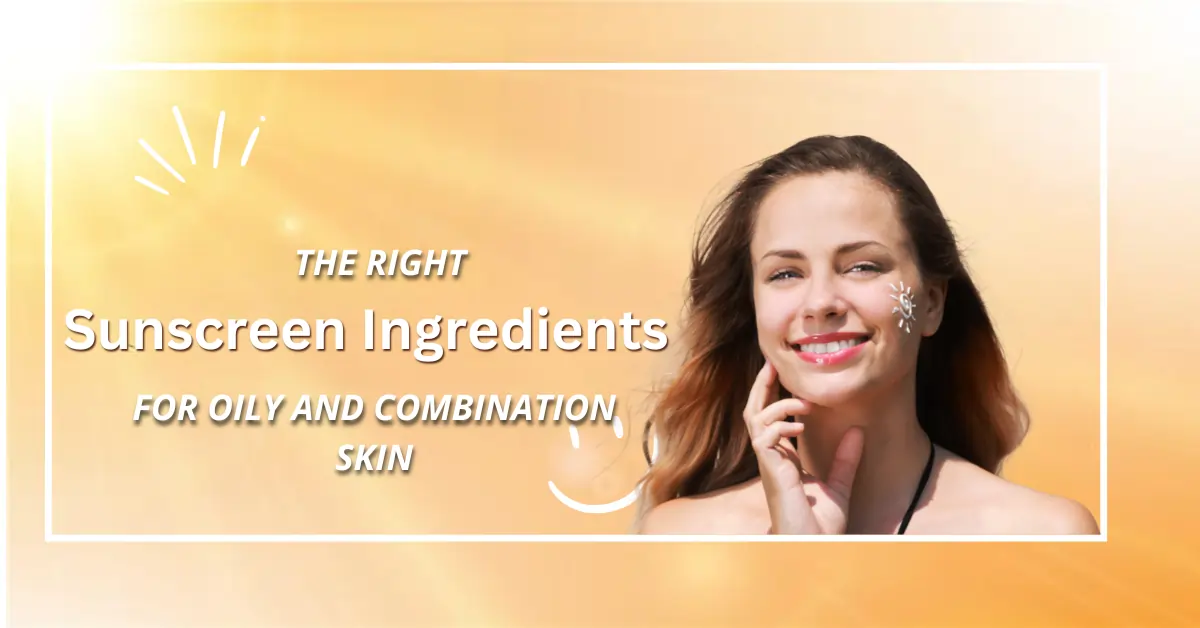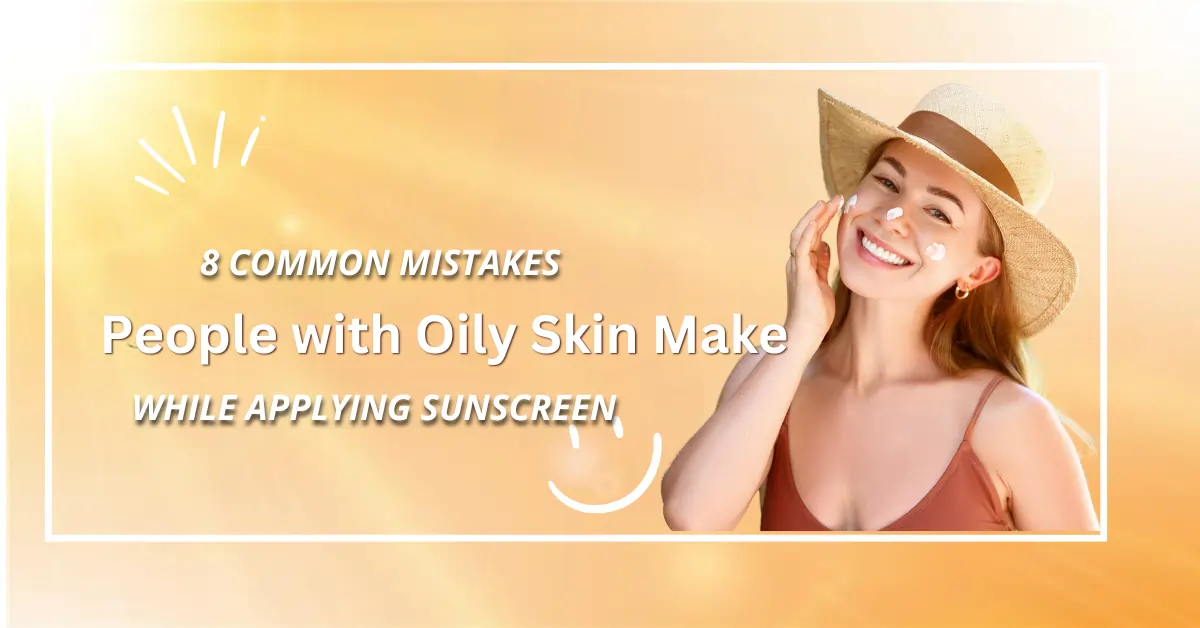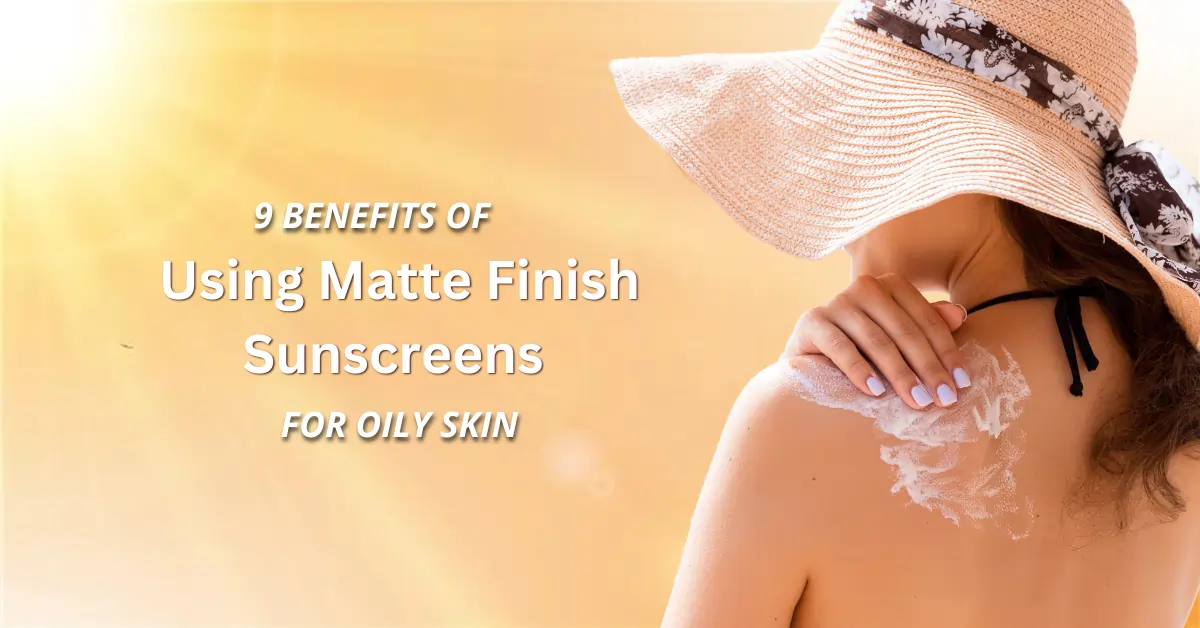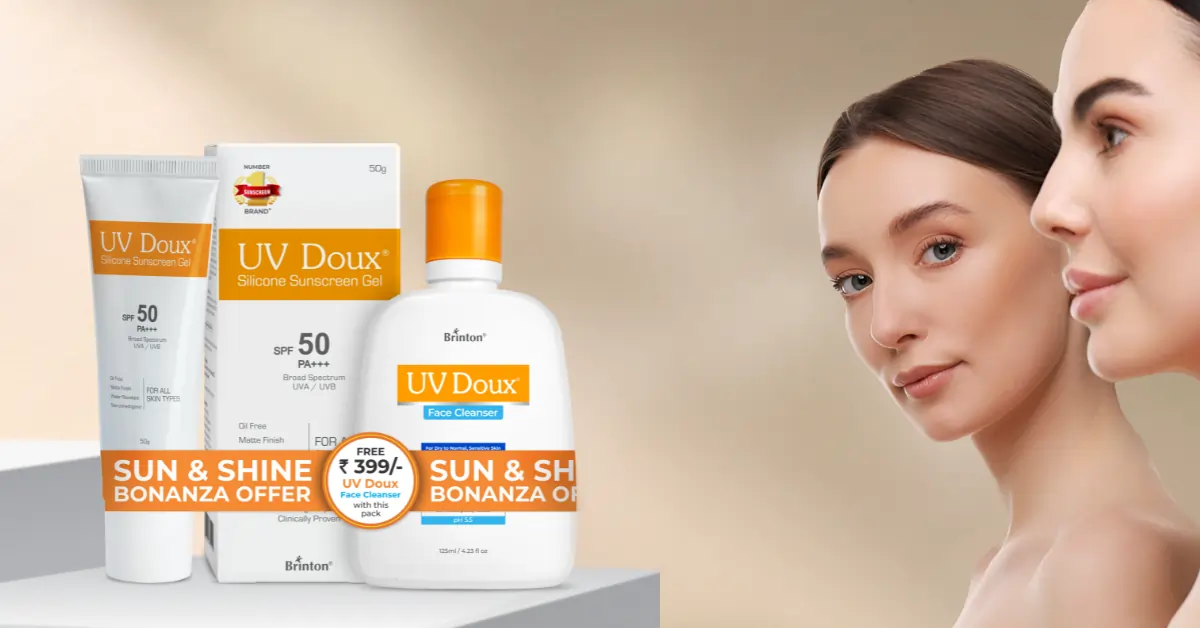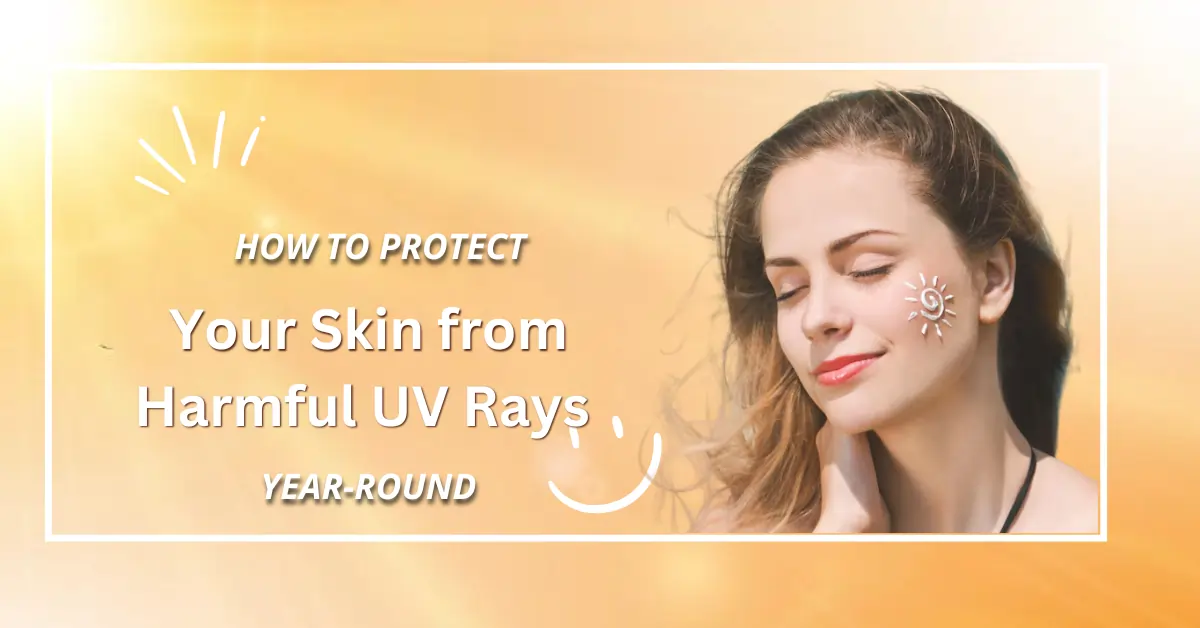
How to Protect Your Skin from Harmful UV Rays Year-Round
Many people associate sun protection with summer days at the beach, but the truth is that UV rays are a year-round concern. Prolonged exposure to UV radiation can cause skin damage, premature aging, and even skin cancer. Protecting your skin year-round is essential for maintaining healthy and youthful skin. In this guide, we will explore effective ways to shield your skin from harmful UV rays every day, regardless of the season.
What Are UV Rays?
UV rays, or ultraviolet rays, are a type of electromagnetic radiation emitted by the sun. There are two primary types that affect the skin:
-
UVA Rays: These rays penetrate deep into the skin and are responsible for premature aging and wrinkles.
-
UVB Rays: These rays primarily affect the outer layer of the skin and are the main cause of sunburn.
Both types of rays contribute to skin damage and increase the risk of skin cancer, making year-round protection crucial.
Why Year-Round UV Protection Is Crucial
UV rays are present regardless of the weather. Even on cloudy or rainy days, up to 80% of UV rays can penetrate the clouds and reach your skin. Additionally, blue light from digital screens and UV rays through windows can cause long-term damage. Year-round protection ensures your skin stays safe from these harmful effects.
Best Practices for UV Protection
Daily Sunscreen Use
Applying sunscreen daily is one of the most effective ways to protect your skin from UV rays. Opt for a broad-spectrum sunscreen with an SPF of at least 30. Ensure you apply it generously to all exposed areas, including your face, neck, and hands.
Protective Clothing and Accessories
Wearing UV-resistant clothing, wide-brim hats, and sunglasses can offer additional protection. Look for clothing with a UPF (Ultraviolet Protection Factor) rating for maximum effectiveness.
Staying in the Shade
Plan your outdoor activities during early morning or late afternoon when the sun’s rays are less intense. Seek shade whenever possible, especially between 10 a.m. and 4 p.m. when UV radiation is at its peak.
Myths About UV Protection
There are several misconceptions about UV protection that can lead to skin damage. Let’s debunk a few:
-
Myth: You don’t need sunscreen on cloudy days.
Fact: UV rays can penetrate clouds and cause skin damage even on overcast days.
-
Myth: Tanning is healthy.
Fact: Tanning is a sign of skin damage and increases the risk of skin cancer.
Seasonal UV Protection Tips
Summer Protection Tips
During the summer months, opt for a sunscreen with a higher SPF, preferably 50 or above. Choose water-resistant formulas for outdoor activities and reapply every two hours or after swimming.
Winter Protection Tips
Don’t skip sunscreen in the winter. UV rays can reflect off snow and cause sunburn. Protect your lips with a lip balm that contains SPF and keep your hands covered to prevent dryness and sun damage.
Spring and Fall Tips
As the weather transitions, continue using sunscreen and adjust your skincare routine to maintain moisture levels. Be mindful of unexpected sun exposure during outdoor activities.
Protecting Children and Seniors from UV Rays
Children and seniors have more sensitive skin, making them more vulnerable to UV damage. Use gentle, pediatric-approved sunscreens for children and ensure seniors have adequate sun protection. Encourage them to wear hats and sunglasses when outdoors.
Indoor UV Protection
Even indoors, your skin can be exposed to harmful light. Blue light from digital screens can cause pigmentation and premature aging. Apply a light layer of sunscreen during screen-heavy days and consider using window films to block UV rays.
Understanding UV Index Levels
The UV index measures the strength of UV radiation. Check the UV index in your area daily and adjust your sun protection habits accordingly. On high UV index days, minimize direct sun exposure and prioritize reapplication of sunscreen.
Dietary Support for Skin Health
In addition to external protection, a diet rich in antioxidants can help protect your skin from UV damage. Include foods like berries, leafy greens, carrots, and nuts in your diet. Vitamins C and E are particularly beneficial for maintaining healthy skin.
Signs of Sun Damage and Prevention Tips
Common signs of sun damage include dark spots, fine lines, and rough skin texture. If you notice these signs, incorporate vitamin C serums and moisturizing products into your skincare routine. Prevention remains the best strategy—consistent sunscreen use can help minimize damage.
Recommended Sunscreen Products for Year-Round Use
Dermatologists recommend using broad-spectrum sunscreens with at least SPF 30. Look for brands that offer lightweight, non-greasy formulations for everyday use. Products containing antioxidants can provide additional protection against environmental aggressors.
Conclusion
Protecting your skin from harmful UV rays is a year-round commitment. By incorporating sunscreen, protective clothing, and healthy skincare habits into your routine, you can maintain radiant and healthy skin. Remember, prevention is always better than cure when it comes to sun damage.
FAQs
-
What SPF should I use daily? Dermatologists recommend using at least SPF 30 for daily sun protection.
-
Can I skip sunscreen on cloudy days? No, UV rays can still penetrate clouds and cause skin damage.
-
How often should I reapply sunscreen? Reapply every two hours or immediately after swimming or sweating.
-
Do car windows block UV rays? Most car windows block UVB rays but not UVA rays. Applying sunscreen is recommended.
-
Can food improve skin’s UV resistance? Yes, consuming antioxidant-rich foods can help enhance your skin’s natural defense against UV rays.

